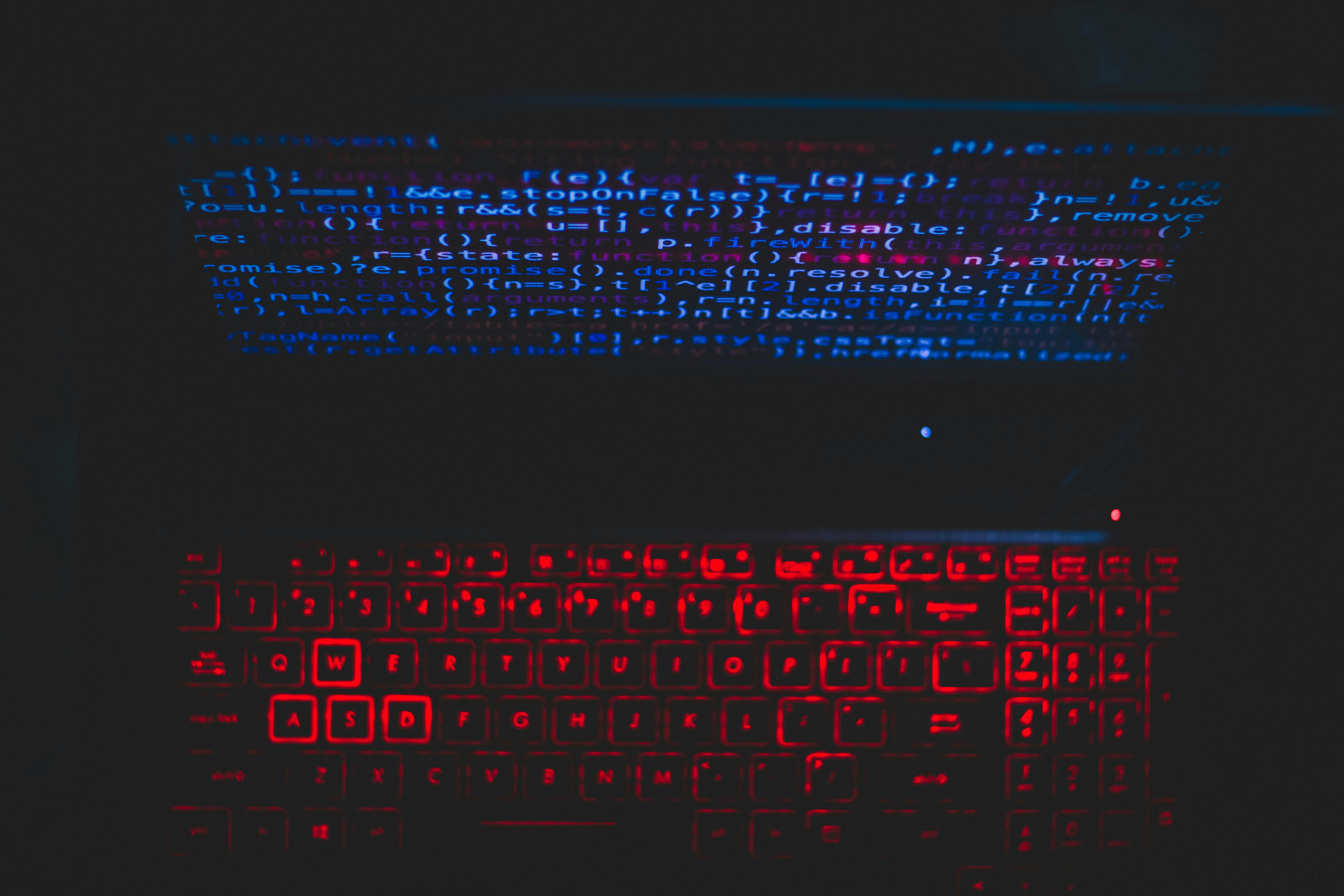AI and Employment: Shaping the Future of Work

- 2.12.2024
- ethicalaiblog
Artificial intelligence (AI) is reshaping the modern workplace. Technologies like robotic process automation, machine learning, and natural language processing provide significant advantages to businesses. However, this transformation raises crucial questions about the future of work: Which jobs will be replaced by automation? What new opportunities will arise? How can workers adapt to this shift?
This article explores the impact of AI on employment, the opportunities it creates, and the challenges it presents in detail.
1. The Impact of AI on Employment
Automation and Job Loss
AI accelerates the automation of repetitive and routine tasks. Industries like manufacturing, logistics, and data processing are experiencing reduced demand for human labor. For example, in the automotive industry, AI-powered robots are replacing workers on assembly lines, increasing the risk of job loss for low-skilled workers.
Emerging Job Opportunities
While some jobs are lost due to automation, AI is also creating new roles. Careers in AI development, data analysis, and AI system maintenance are becoming increasingly popular. Creative jobs (design, arts, software development) and human-centric roles (customer service, healthcare) are also in higher demand.
The Changing Nature of Work
AI has the potential to completely transform the roles of humans in the workplace. Tasks that were once manual can now focus on strategic and creative skills, enabling workers to engage in higher-value work.
2. Solutions for the Future Workforce
Reskilling and Upskilling
Reskilling programs are vital for helping the workforce adapt to changing demands. Many companies are providing training in programming, data science, and AI technologies. Educational institutions and governments must also play a role in this transformation.
Hybrid Work Models
Hybrid models where AI and human labor work together will play a key role in the future of work. Humans can oversee and optimize AI systems to achieve higher efficiency.
Ethical and Responsible Use
Companies must use AI technologies ethically and responsibly to protect workers' rights. Transparency and robust regulations are critical to controlling the impact of AI on the workforce.
3. Preparing for the Future
Effectively managing the impact of AI on employment is a shared responsibility among businesses, individuals, and governments. To maximize the benefits of technology and minimize its downsides:
- Collaboration and Dialogue: Ensure cooperation between companies, governments, and academic institutions.
- Lifelong Learning: Workers should continue acquiring new skills throughout their careers.
- Fair Transition: Individuals facing job loss must be supported with economic and social safety nets.
AI holds the power to shape the future of work. However, ensuring that this future is fair, sustainable, and human-centric requires adopting an ethical approach to technology.
Conclusion
The relationship between AI and employment demands a delicate balance between risks and opportunities. Properly guiding workforce transformation can enhance the well-being of individuals, businesses, and society. With human-AI collaboration, we can step into a more productive and sustainable future of work.
Tags
Tags
- Artificial Intelligence Ethics
- Data Privacy
- Bias in AI
- AI Accountability
- Ethical AI Development
- AI and Society
- Autonomous Systems
- AI Regulation
- Human-AI Interaction
- AI Transparency
- AI for Good
- Algorithmic Fairness
- AI in Healthcare Ethics
- AI and Employment
- Responsible AI Use
- AI and Human Rights
- TeachingWithAI
New Posts
New Posts
0 comments
To leave a comment, please log in.